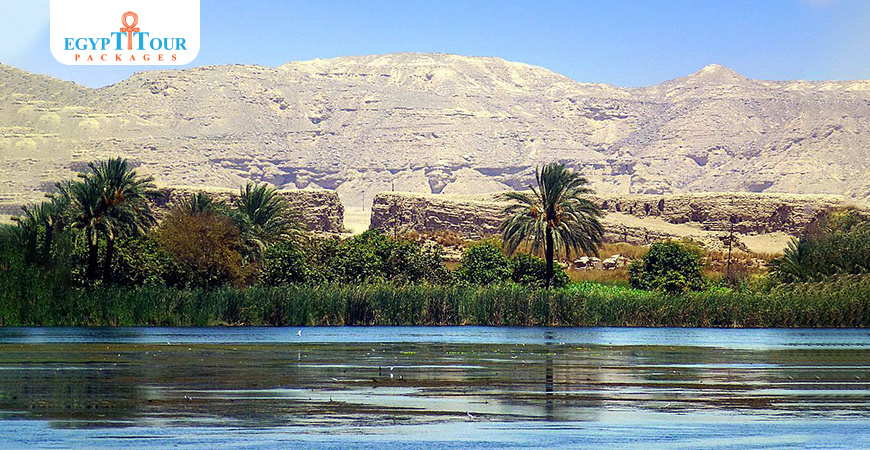
El Kab Tombs
El-Kab, located 15 km north of Edfu and 75 km south of Luxor. Elkab is a small village in Upper Egypt, near which are the remains of the ancient city Nekhb
Elkab
Elkab is an Upper Egyptian site on the east bank of the Nile 90 km to the south of Luxor and 32 km to the south of Esna. Elkab was called Nekheb in the Egyptian language, a name that refers to Nekhbet, the goddess depicted as a white vulture. In Greek it was called Eileithyias polis, city of the goddess Eileithyia.
Elkab consists of prehistoric and ancient Egyptian settlements, rock-cut tombs of the early Eighteenth Dynasty (1550–1295 BC), remains of temples dating from the Early Dynastic period (3100–2686 BC) to the Ptolemaic Kingdom (332–30 BC), as well as part of the walls of a Coptic monastery. This site was first scientifically excavated by James Quibell at the end of the nineteenth century.
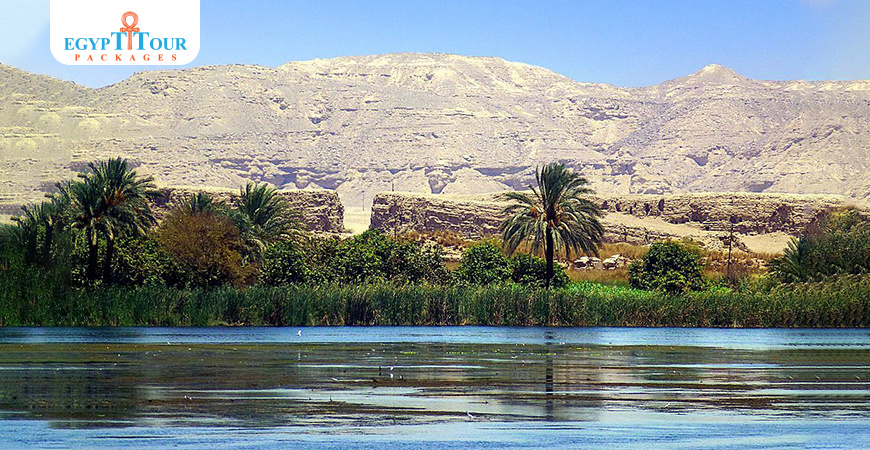
Temple of Amenhotep III in El Kab
a small structured temple built in the reign of Amenhotep III (of the 18th Dynasty). The temple is the most distant monument from the main surrounding wall of El Kab, since it is at a distance of about 3.4km. It was dedicated to Hathor and Nekhbet. It served as a repository chapel for the barque which served at the time of the processions of the goddess Nekhbet. Since all of the structures on this side of the road are small, this temple is only 50 feet long. The portico is gone, but inside are reliefs that were largely destroyed by Amenhotep IV (Akhenaton) but restored by Seti I. Inscriptions of Khaemwaset (son of Ramses II) and others of Ramses III were carved probably in commemoration of their visits to the place.
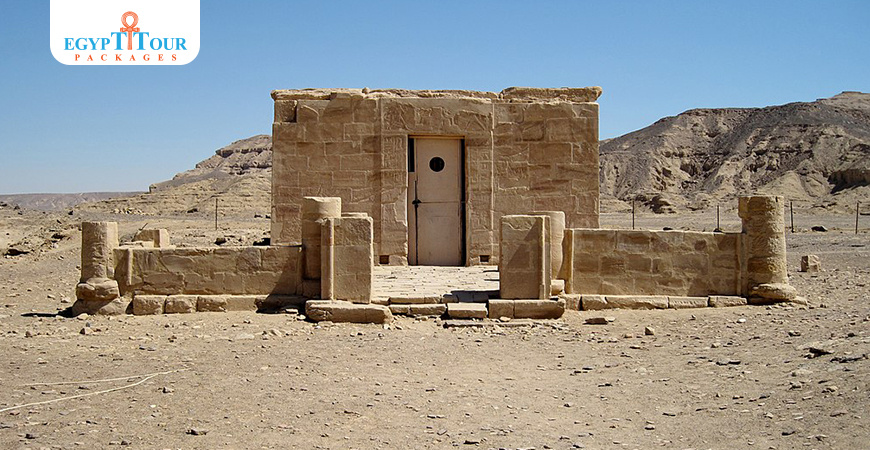
El-kab Tombs
The necropolis has some important tombs, showing the early history of the Eighteenth Dynasty and the reunification of Egypt. The rock tombs of the provincial governors of Nekheb in the New Kingdom include those of Sobeknakht II an important official whose saved the Theban Sixteenth or Seventeenth Dynasty from near destruction by invading forces from the Kingdom of Kush, Ahmose son of Ebana, an admiral in the wars of liberation against the Hyksos rulers (1550 BCE), and Setau, a priest during the reign of Ramesses II (1184–1153 BCE). The style of the early Eighteenth Dynasty wall paintings anticipates that of the first New Kingdom nobles' tombs at Thebes.
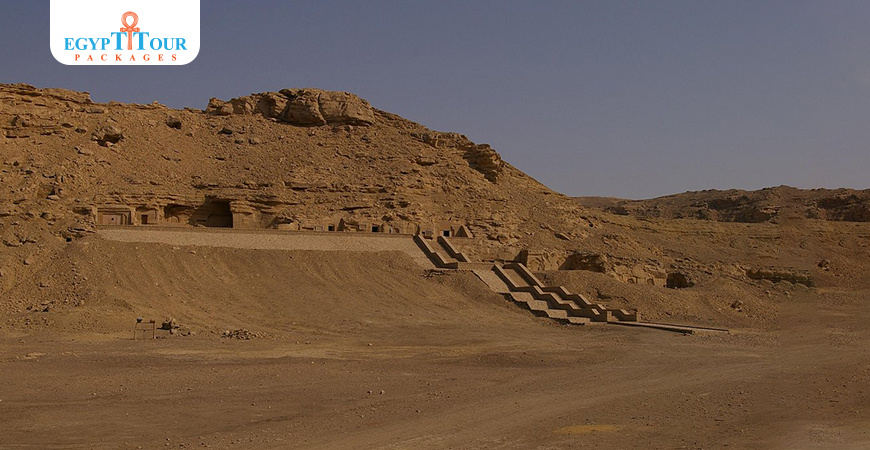
Ahmose, son of Ebana
Ahmose was a soldier, one of valour, who served under three different pharaohs in various successful campaigns during the late 17th and early 18th Dynasties. His tomb is the best known in Elkab. Although only small, it is famous for containing the war chronicles of this crew commander, which are the only historic source dealing with the expulsion of the Hyksos from Egypt.
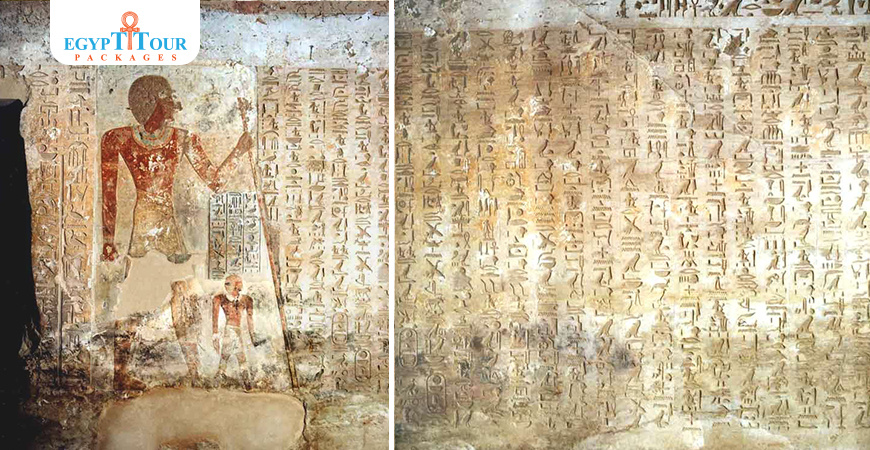
The Tomb of Pahery
Pahery was a powerful nomarch of Elkab, in the 18th Dynasty. The tomb he had excavated for himself in a hillside, while simple in plan, was richly decorated with iconography dealing with both civil and religious themes.
The tomb measures 8.30m long, 3.80m wide and 3.50m high. It resembles a tunnel in its shape. Enclosed within the tomb are a platform, a ruined facade, an oblong roofed chamber, and a niche with three statues. As the most celebrated tomb in El Kab.
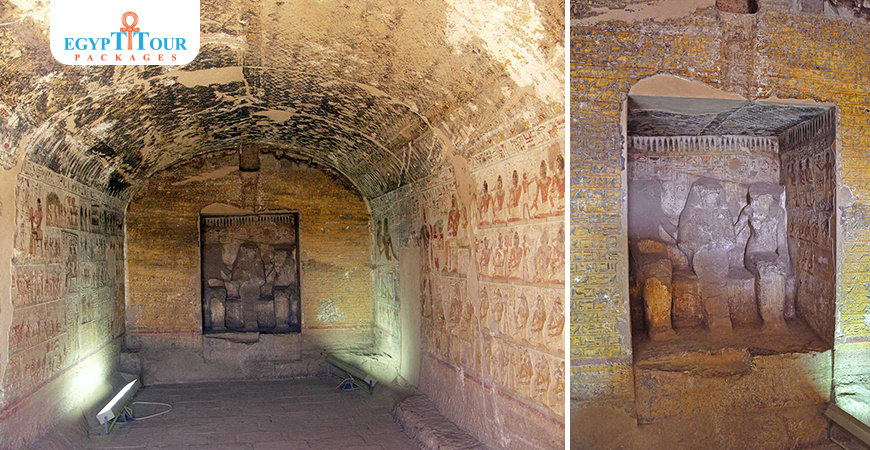
Tomb of Pahery
the Tomb of Pahary is full of colorful scenes depicting the vivid daily life. All figures and hieroglyphs are sculpted in raised relief and are painted. Only the small hieroglyphs and those of the wall at the rear are hardly incised and filled with blue painting. Also pictured are scenes of family banquets, farming, livestock, fishing practices and ritual activities.
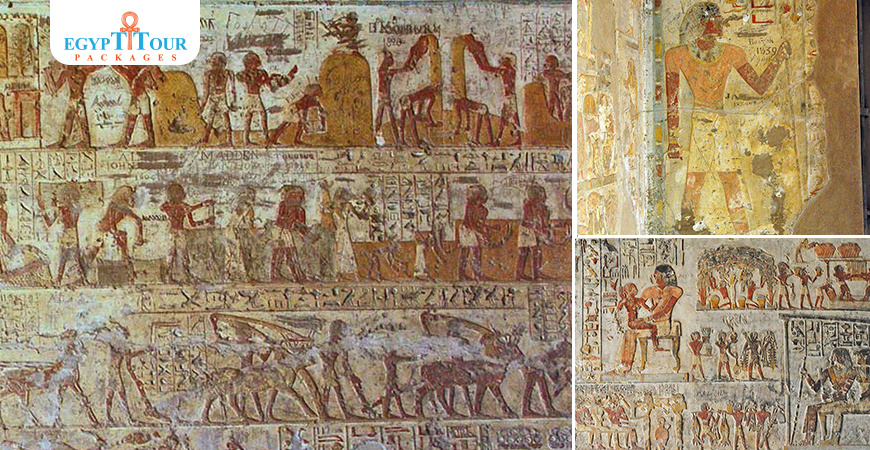
The tomb of Renni
Renni was Overseer of the priests of Nekhbet at the time of Amenhotep I. His tomb is one of the few from this period. Another wall scene features one of the best-known performances of the mysterious Muu dancers. A further curious scene shows a man receiving an purifying libation while seated on a jar.
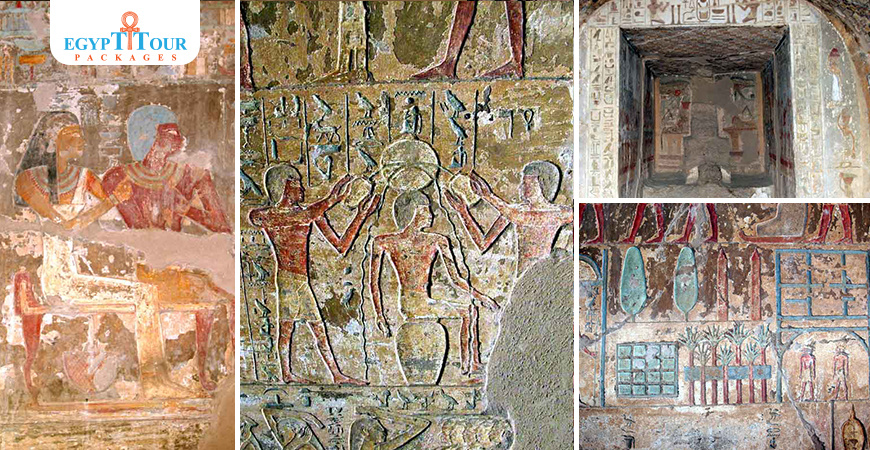
The Tomb of Setau
Setau was a nomarch of Elkab in Upper Egypt, in the 20th Dynasty at the time of Ramesses III.
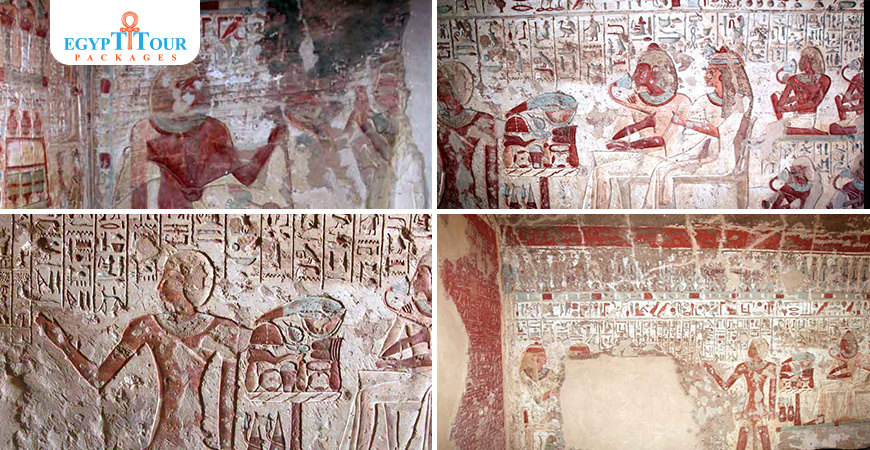
Tombs of Elkab
4 Great Tombs, one of the most important tombs is the tomb of Ahmose son of Ibana have a lot of information of the beginning of the 18th Dynasty and the expulsion of the Hyksos. All 4 tombs have wonderful decoration of daily life scenes.
-how can you reach this site?
You Can Book With us day Trip to
Temple of Esna (also known as the Temple of Khnum) is a Ptolemaic temple dedicated to the ram-headed god Khnum. Esna Temple
and
El-Kab, located 15 km north of Edfu and 75 km south of Luxor. Elkab is a small village in Upper Egypt, near which are the remains of the ancient city Nekhb El Kab Tombs
from Luxor And get this unique experience with our private guide.
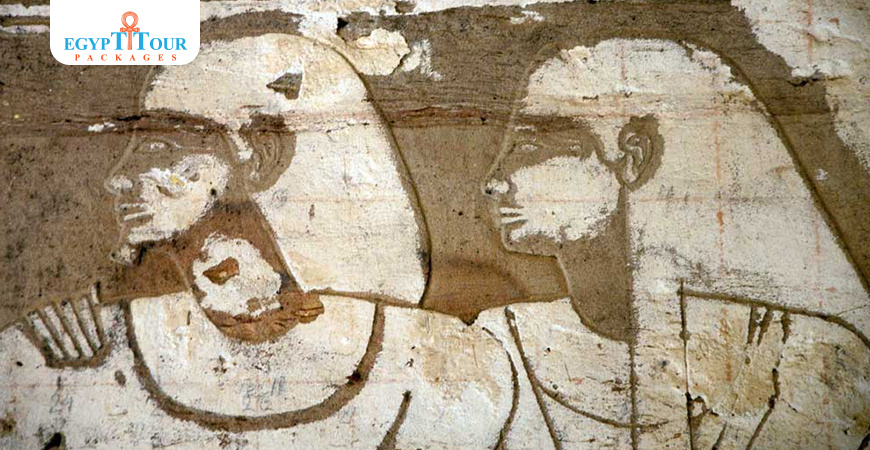
Post A Comment
Your Email Address Will Not Be Published.















































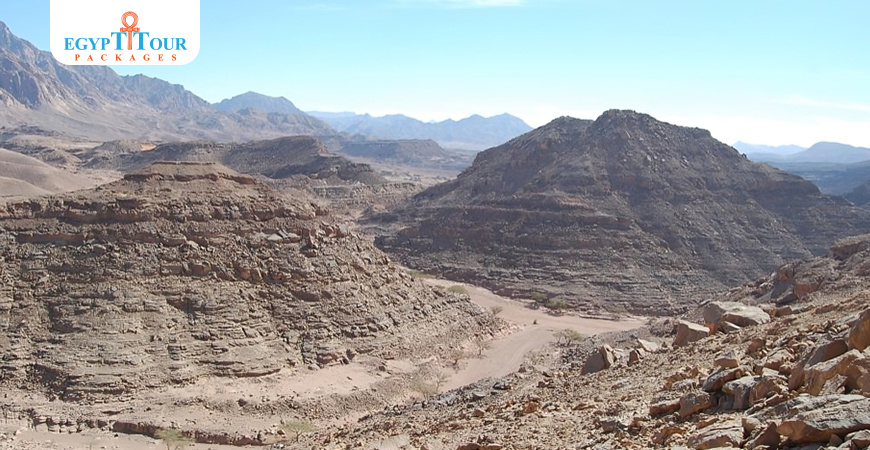

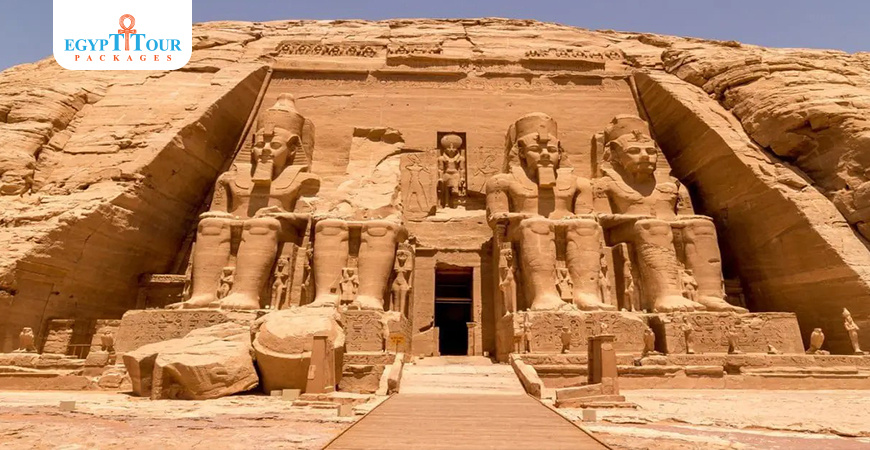
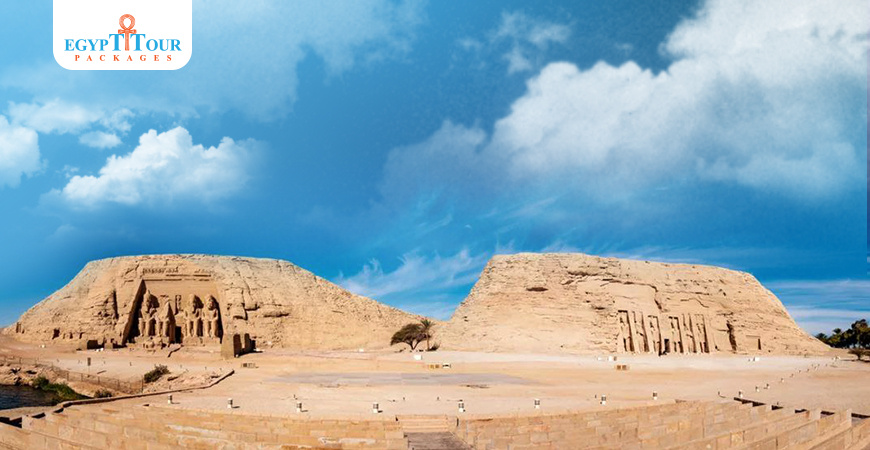
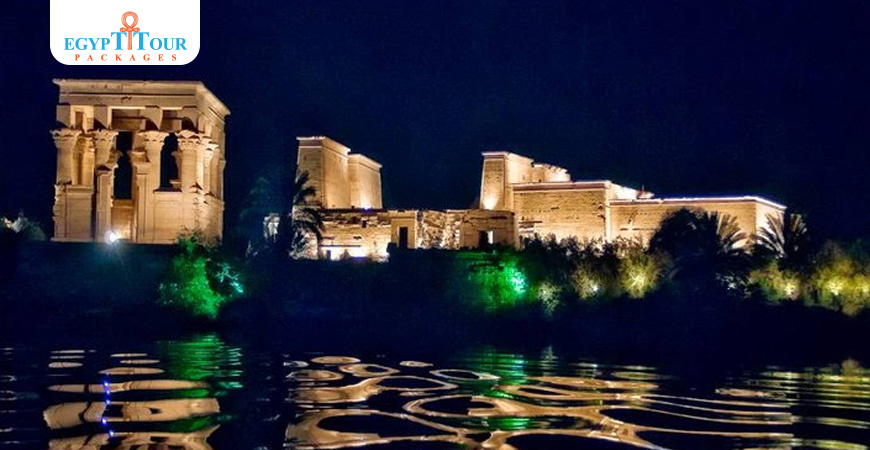
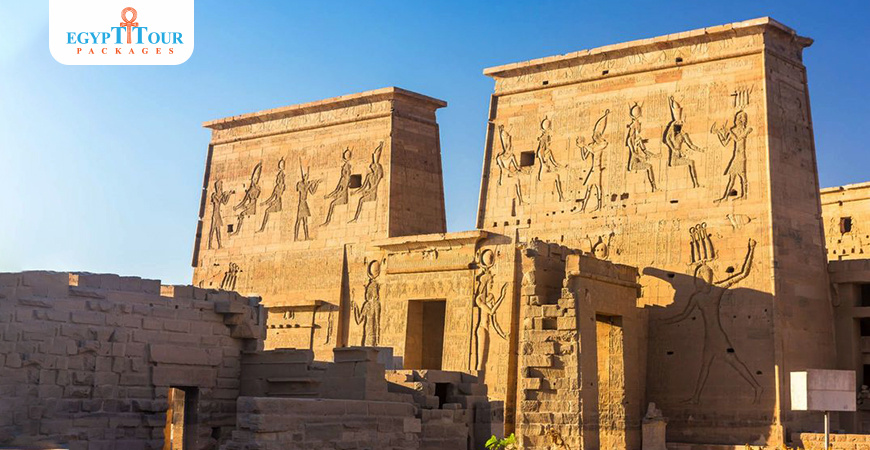
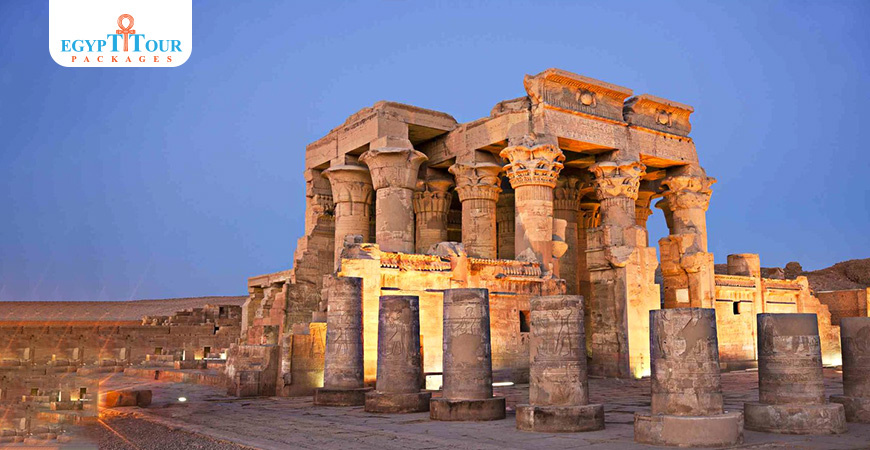
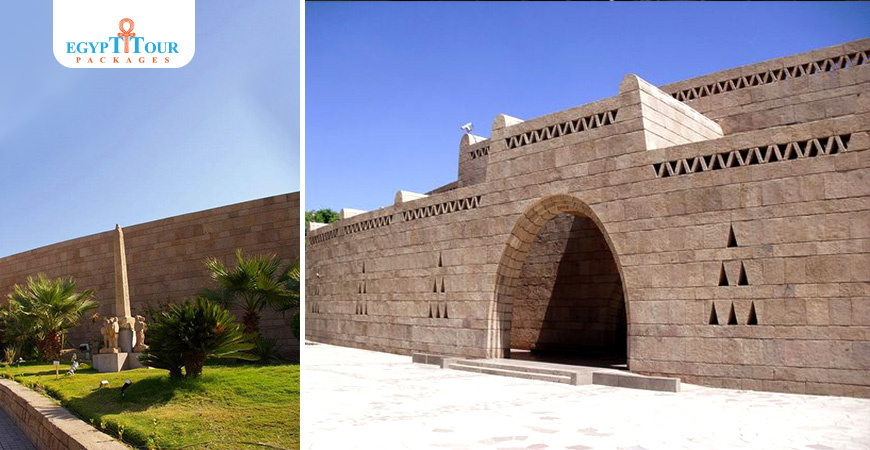
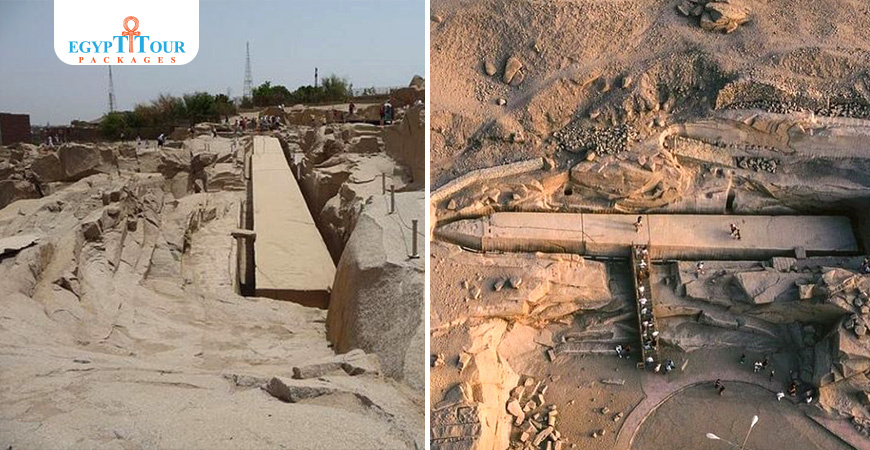
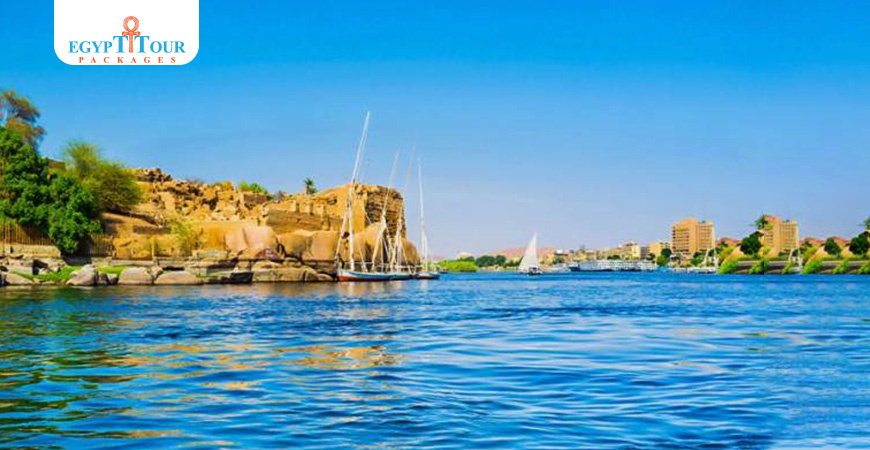
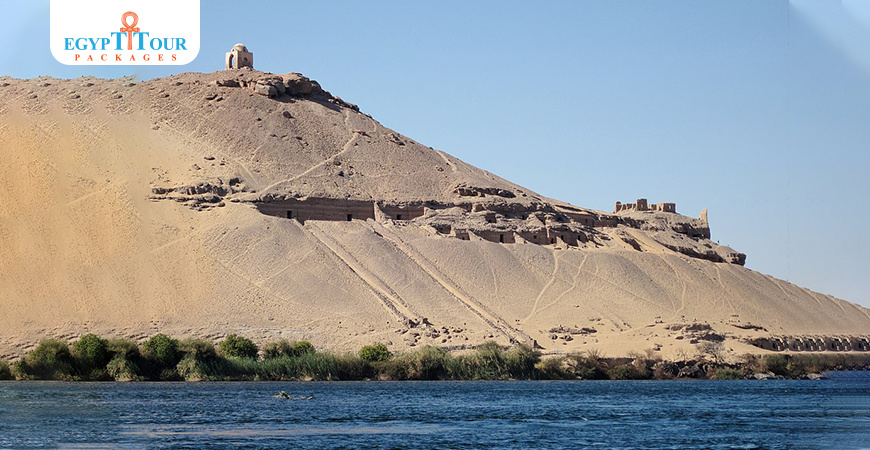
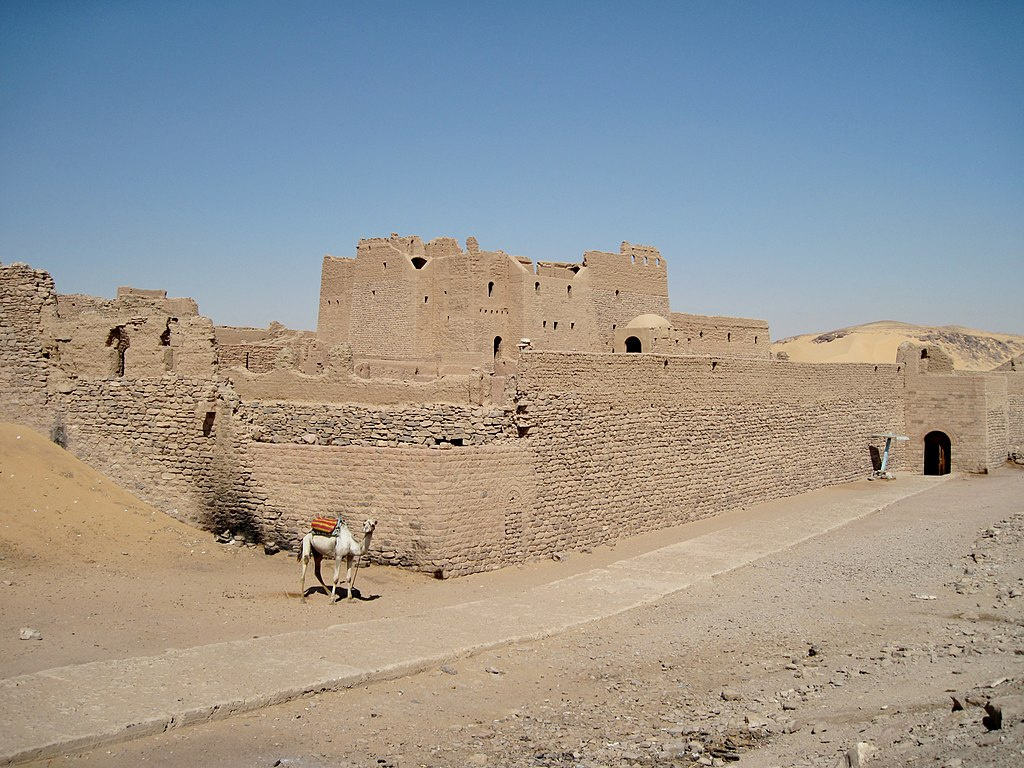
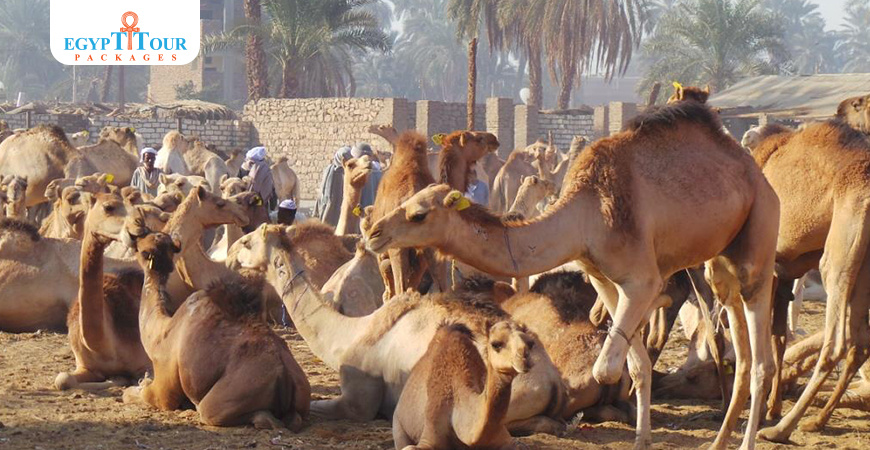
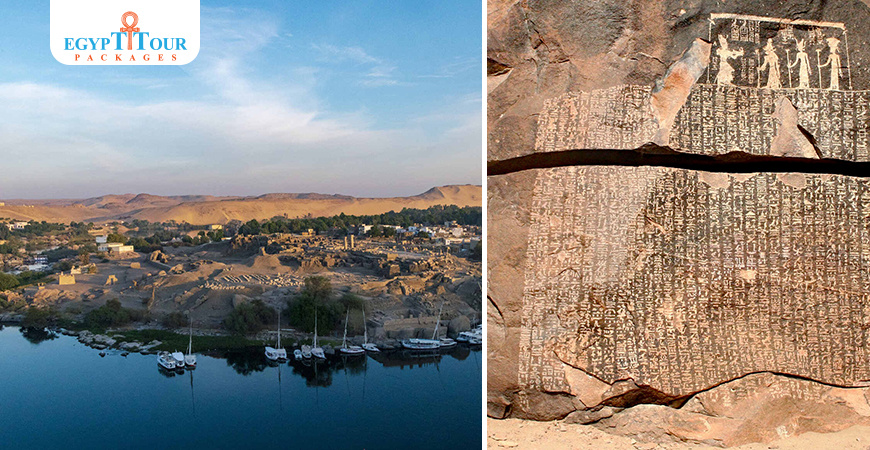

0 Comments